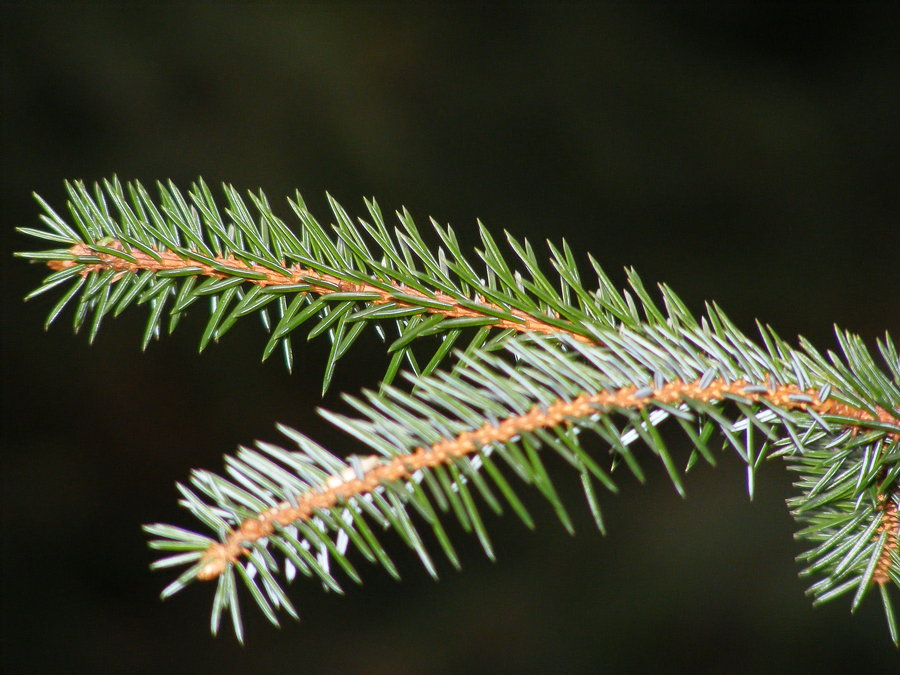…and also, many other health benefits

Note: Please be careful with the photos in this article, as in, don't run out and grab something that looks like a photo, without your own research. Just because someone said all these photos are not pine, though that were labeled as pine when I obtained the photos.
I haven't foraged for pine myself yet, so I'm a novice, what's important is to present "possibly" valuable info for your further research. I guess some of the photos could be ferns or whatever…..

When I write these "Another Cancer Killer" articles, it's mainly because of overwhelming evidence, both historically and via modern science, about the healing power of these plants.
I want to bring Pine Needles into my own regiment in 2014, as I choose one potent new nutrient to bring into my routine every year.
There is so much documented evidence about "Pine Needle Power", that they are calling my name…

Pharmaceuticals trying to "Bottle and Sell" Cancer Killing Pine Needles
One thing I noticed in my research of these so called "cancer killers" is that I am finding it strange that the Pharmaceutical industry is frantically trying to extract the cancer healing nutrient from Pine Needles.
Doesn't that imply they already know the cancer curing abilities of this plant, but will not tell us unless they can bottle and sell it for a profit…… something that nature offers for free?

"Pine Needle Power" well documented in history
In 1535, The French Explorer Jaques Cartier's ship was stranded in the St Lawrence River in winter and his men began to die from Scurvy (a common, but deadlier than cancer disease often caught by seamen). A friendly Native American healed them by simply preparing a tea made from tree bark and needles from the White Pine Tree.
Cartier wrote to his superiors about the experience and was ridiculed for participating in magic and witchcraft. It wasn't until 1932, a full 400 years later, that scurvy was officially recognized as vitamin C deficiency, although after millions of lives were estimated to be lost, and in spite of the cure having already been discovered and written down.

Volumes of research on Pine Needles and Cancer
I'm not the type to present dozens of links of research papers. You're on the web, and I'm trying to "gently" coax my readers to dig in and do a little research if your instincts are so inclined.
But, since some folks at least wanna see one link for legitimacy, here is one…..
Antitumor, antiviral and immunopotentiating activities of pine, Anticancer Res, 1991 Mar-Apr, Japan

Not just a cancer killer…….a "heavy duty healer"
Pine needles also help address…….
lung health
poison ivy
dog health
diabetes
scurvy (vitamin C deficiency)
a remedy for cold
flu
obesity
dementia
bladder problems
kidney issues
antidepressant
anti-hypertensive
anti-tumor (as mentioned above)
helps render chemotherapy less toxic to patients
acute bronchitis

…..more "Pine Needle Power"
wound-healing
decongestive properties
disinfectant effects on the respiratory passages
Sclerosis (the hardening of soft tissue in the body)
Alternative to Caffeine
anti-aging properties
fatigue
allergies
kidney stones
varicose veins
ulcers
headaches
promotes better eyesight
…the list goes on and on , Pine's ability to treat many of these conditions has been known for centuries

Making Pine Needle Tea
There is plenty of info on the web but if you want to get started right away…..
If foraging for pine needles (like I will be doing), I would first check the plentiful web info about choosing safe needles
Gather a good handful of fresh young pine needles.
Rinse the needles with water if you like.
Chop the brown ends off and the rest of needles into small pieces, then bruise with a spoon for more flavor.
Place the chopped pine pieces in a cup.
Bring 8 to 10 ounces of water to a boil, and then promptly remove from heat.
Pour the hot water over the needles in the cup.
The bright green needles will float to the surface of the water.

![pine-2012-12-5-PineNeedles[1]](https://www.gaiahealthblog.com/wp-content/uploads/2014/01/pine-2012-12-5-PineNeedles1.jpg)
Pine Needle Cautions
Women who are pregnant, or who could become pregnant, are advised NOT to drink pine needle tea in general for fear it could cause abortion.
There are only a few varieties of pine that are toxic and they are: Norfolk Island Pine, Yew and Ponderosa Pine. Avoid these by researching what they look like before you pick pine needles.
Essential pine oil should be used with care, as it is very powerful. If left undiluted, it may irritate skin and mucous membranes. Internal consumption may be hazardous to human health and can be dangerous as there is a possibility of kidney damage.

for a great article on the miracle of pine needles (with extensive links for your further research ) go here
~stay healthy~
~you might also like~
Another Cancer Killer? Guyabano (a.k.a. Soursop) Another Cancer Killer? Pueraria Mirifica (fights breast cancer)
______________________________________________________
Ginger shown to be 10,000 more effective than Chemotherapy Drugs
check out all my articles in "Eat Smart", the science of food 




























































































6 Responses
Your Comments ok so where do I get the needles and bark from
I live in the desert,thnxs
Hi Glenda Crook,
Sorry, I havent got started with my Pine Needle foraging, in that I moved away from the Forest of Portland Oregon.
But I’m sure you can probably do some on like research and find out more……
Good Luck!!!
Doug at GAIA Health Blog
Your Comments
I am PhD scholar. i found this information very beneficial related to my research work.
thank you.
We use pine needle extract and pine bark extract. If one isn’t near a source of pine then the extract powders are great. In fact taking these each day does all sorts of wonderful things especially fighting free radicals and opening the blood vessels.
here are some web sites that will help:
http://www.smart-publications.com/articles/pine-bark-extract-the-superb-antioxidant-for-healthy-circulation/page-1
https://examine.com/supplements/pine-pollen/
https://examine.com/supplements/pycnogenol/
WHITE PINE NEEDLES HAVE CLUSTERS OF FIVE NEEDLES EACH. THIS IS THE WAY TO IDENTIFY WHITE PINE.
think it’s interesting that a “disease” wiped out a lot of the white pines..
Hi Gigi,
I worked for the Forestry Service in the IT department, and I can see how that is easily possible in this day and age, with invasive species, climates changes that affect the health of certain species, and other factors that are of a detriment to certain tree species as well as other plant species.
Doug at GAIA Health Blog